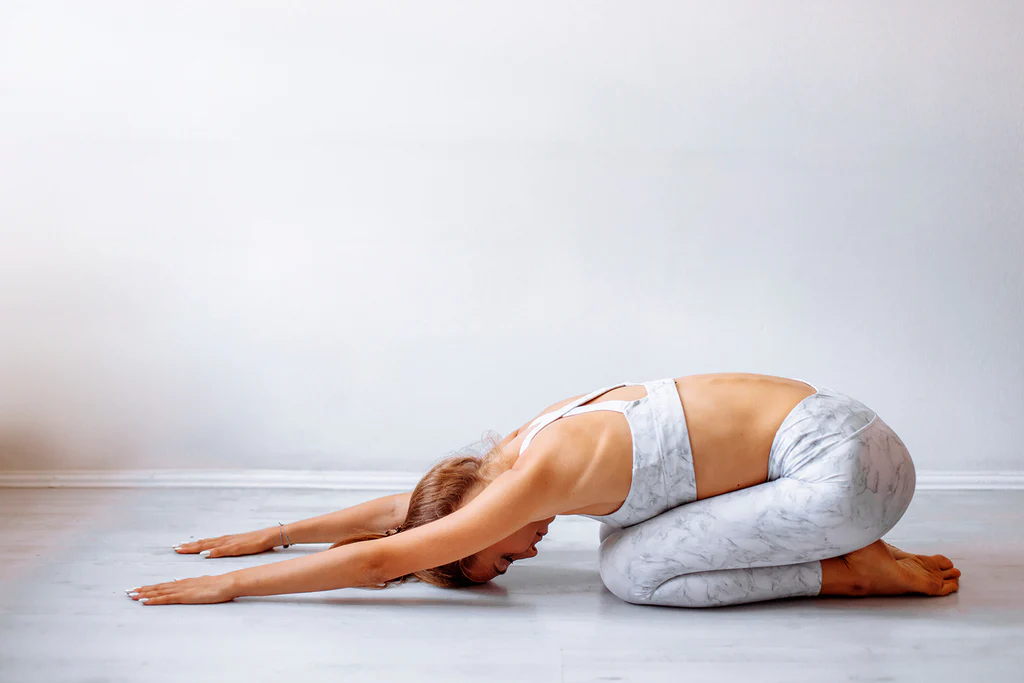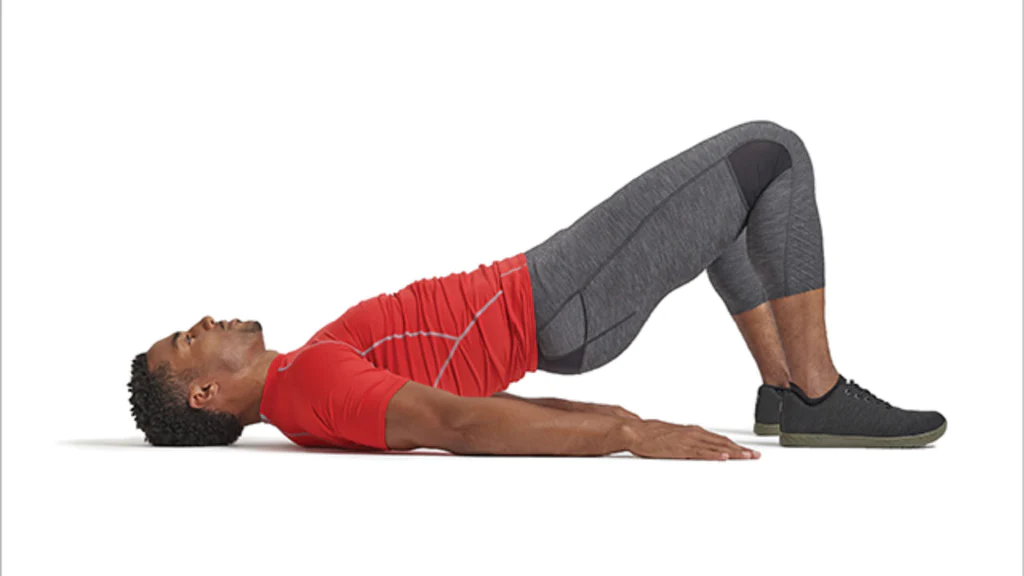What actually causes lower back pain?
Back muscles and ligaments can stretch or tear due to excess activity, incorrect posture or strain. Pain and stiffness in the lower back result, in addition to muscle spasms. Rest and exercise are recommended for these symptoms.
Disc injury

The discs in the back are prone to injury and risk increases with age. The outside of the disc can tear or herniate.
A herniated disc (known also as a prolapsed or slipped disc), occurs when the cartilage surrounding the disc pushes against the spinal cord or nerve roots causing spasms and acute pain. The cushion that sits between the spinal vertebrae is pushed outside its normal position (hence the term slipped disc)
The result is a compressed nerve root as it exits from the spinal cord and through the vertebral bones. Disc injury usually occurs suddenly after lifting something incorrectly or twisting the back beyond its usual range. Pain from a disc injury usually lasts for more than 72 hours and may be accompanied by a disfigured spine.
Sciatica
Sciatica occurs when a herniated disc presses on the sciatic nerve. The sciatic nerve is the nerve that connects the spine to the legs. Sciatica may cause a burning (or pins and needles type) pain in legs and feet.
Spinal stenosis
Spinal stenosis occurs when the spinal column narrows, placing pressure on the spinal cord and nerves.
Spinal stenosis is most commonly due to age-related degeneration of the discs between the vertebrae, resulting in compression of the nerve roots or spinal cord by bony spurs or soft tissue, like the compression discs.
Spinal stenosis can be identified by numbness, weakness or cramping. As you may experience these symptoms anywhere in the body, sufferers of spinal stenosis notice their symptoms increasing when standing or walking when there is more compression of the spine.
Other conditions
More conditions that cause lower back pain include. These, mainly age-related conditions, include Arthritis (inflammation of the joints), Fibromyalgia (pain and tenderness in the joints, muscles, and tendons), Spondylitis (inflammation of joints between the spinal bones), Spondylosis (a degenerative disorder that may cause loss of normal spinal structure and function).
Additionally some other health conditions may cause lower back pain, including kidney and bladder problems, pregnancy, endometriosis, ovarian cysts, uterine fibroids and cancer.
Can exercise prevent lower back pain?
Yes, most certainly stretching exercises have been shown to help with lower back pain.
While we would advise seeing your doctor or a chiropractor, some of these exercises may alleviate sudden lower back pain. the same exercises will also serve to strengthen the back and related muscle groups, serving as a preventative measure for future back pain episodes.
Try these 6 basic stretches a few times a week after a thorough warmup or post-workout to relieve lower back pain ..
Stretch 1. Extended child's pose

Place your palms flat on the ground in front of you. Make an arch with your back, push your hips back as far as you can or until they’re resting on your ankles.
Allow your torso to drop between your knees. Stretch out your arms and move your hands in front of you creating a good stretch through your back and shoulders. If you feel pain or you are too stiff in your shoulders, support your head on a pillow or similar your flexibility improves.
Relax and allow your back and shoulders to open. Breathe in and out deeply and slowly as you do this.
Stretch 2. Hip flexor stretch

Lie on your back, knees bent, feet flat on the floor. Bring your right across your body positioning your right foot above your left knee. Lift your left leg off the floor and pull it toward you.
If you are flexible enough, try pushing your right thigh away from you. Relax and breathe deeply for a few seconds take five deep breaths before repeating the exercise on the opposite side.
Stretch 3. Knee to chest stretch

Lie on the ground, bend your legs and bring your knees up to your chest. Holding this position, you should experience a noticeable stretch through your lower back.
Stretch 4. Supine spinal twist

Lie on your back, legs outstretched and arms to your sides. Bend your right leg by bringing it across your body. You should experience a good stretch on your right side. Breathe in and out deeply while doing this. Repeat the exercise on the left side.
Stretch 5. Glute bridge stretch

Lie on your back with your arms to your sides and knees bent. Position your feet a hip-width apart. Lift your hips upwards and squeeze your glutes. Gently squeeze and release your glutes while maintaining this position to exercise the area while breathing in and out.
Stretch 6. Cobra stretch

Lie on the floor, face down, taking your upper body weight on your forearms. Push upward through your hands as you straighten your arms. Keep you shoulders down and curl your upper body backwards in order to stretch the front of your body. This elongates the abdominal muscles, and helps to divert blood flow into the lower back.
As with all exercises, build up the repetitions and extent of movement. If you experience excessive pain, stop. Continual repetitions of these exercises will build up flexibility and strength. Your back pain possibly results from months and years of neglect, possibly abuse. Benefits will come with consistent exercise and good back management.


